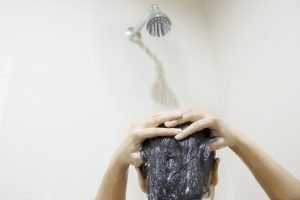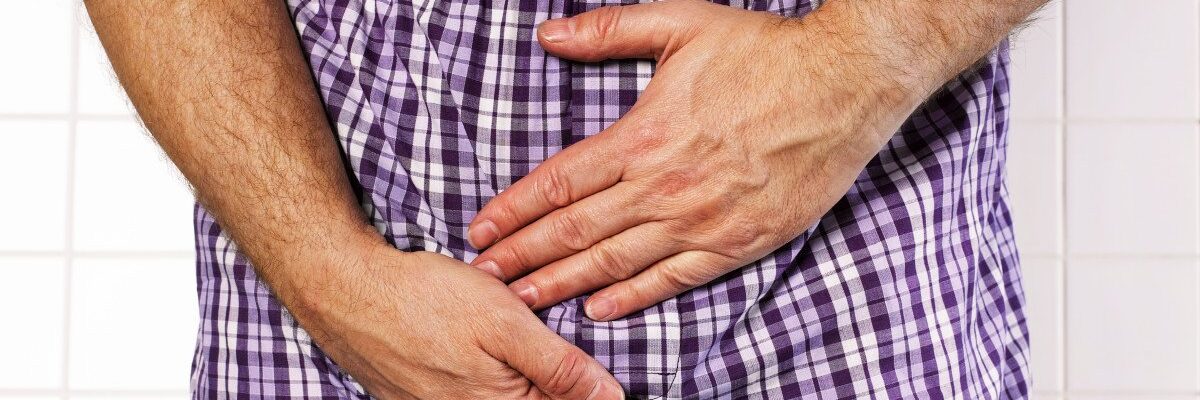Overview
Balanitis is a condition characterized by inflammation of the glans, or head, of the penis. It can affect individuals of any age, though it is more common in uncircumcised males due to the accumulation of bacteria, fungi, or irritants under the foreskin. The condition often presents with symptoms such as redness, swelling, pain, itching, and sometimes discharge. In severe cases, it can cause difficulty retracting the foreskin, a condition known as phimosis.
The primary causes of balanitis include poor hygiene, allergic reactions to soaps or other products, infections such as yeast infections (Candida albicans), or sexually transmitted infections. Certain underlying health conditions, like diabetes, can also increase susceptibility due to higher sugar levels in urine, which promote bacterial or fungal growth. In rare cases, balanitis can result from autoimmune disorders or skin conditions like psoriasis or eczema.
Treatment for balanitis typically depends on its cause. For mild cases, maintaining good hygiene by washing the area gently with warm water can help. Antifungal creams are prescribed for yeast infections, while antibiotics may be necessary for bacterial infections. If an allergic reaction is the cause, avoiding irritants and using topical corticosteroids can reduce inflammation. In cases linked to other medical conditions, managing the underlying disease is crucial.
Left untreated, balanitis can lead to complications such as scarring, recurrent infections, or issues with urination due to swelling. With timely intervention, the condition is usually manageable and resolves without long-term effects. Regular hygiene practices, avoiding irritants, and seeking medical care when symptoms arise are key to preventing and effectively treating balanitis.
Table of Contents
When to See a Doctor
While balanitis can often be managed with improved hygiene and home care, there are situations where it is crucial to seek medical attention to prevent complications and ensure proper treatment. Recognizing these signs early can lead to better outcomes and quicker recovery.
Signs to see a doctor:
- Severe or persistent symptoms. If redness, swelling, pain, or irritation lasts for more than a few days despite home treatment, it is important to consult a healthcare provider to rule out infections or other underlying issues.
- Difficulty retracting the foreskin (phimosis). If the foreskin becomes too tight to pull back comfortably, it could indicate a serious issue requiring medical intervention to prevent further complications.
- Discharge, foul odor, or open sores. These symptoms may suggest an infection or sexually transmitted infection (STI), which requires prompt medical evaluation and treatment.
- Recurring episodes. Frequent flare-ups of balanitis may indicate an underlying health condition, such as diabetes or an autoimmune disorder, that needs to be addressed.
- Severe pain or difficulty urinating. These could be signs of advanced inflammation or other complications, such as a urinary tract infection or urethral stricture, necessitating immediate medical attention.
Seeking a doctor’s care ensures that the condition is accurately diagnosed and treated, preventing potential long-term effects. Early intervention not only helps alleviate discomfort but also reduces the risk of complications such as scarring, infections, or chronic inflammation.
What Type of Doctor to Seek
For balanitis, the most appropriate type of doctor to consult is a urologist, a specialist in urinary tract and male reproductive system disorders. Urologists have the expertise to diagnose and treat balanitis and its potential complications, such as infections or phimosis. They can also identify underlying causes, like diabetes or sexually transmitted infections (STIs), that might contribute to the condition.
In less severe cases, a general practitioner (GP) or family doctor may provide initial care. They can recommend treatments like topical creams or antibiotics and determine if a referral to a specialist is necessary. If the condition is linked to an underlying skin disorder, a dermatologist may also be involved in treatment. Choosing the right doctor ensures a thorough evaluation and effective management of balanitis.
What to Expect from Your Visit to a Doctor
When visiting a doctor for balanitis, the consultation typically begins with a discussion of your symptoms, medical history, and personal hygiene practices. The doctor may ask questions about when the symptoms started, their severity, and whether any over-the-counter treatments have been tried. They may also inquire about any recent changes in personal care products, sexual activity, or underlying health conditions like diabetes, which could contribute to the condition.
During the physical examination, the doctor will inspect the affected area for signs of inflammation, infection, or other abnormalities. If an infection is suspected, they may take a swab of any discharge or inflamed tissue for laboratory testing to identify bacterial, fungal, or viral causes. In some cases, additional tests like blood sugar levels or STI screenings may be recommended to determine underlying contributors. Based on their findings, the doctor will create a tailored treatment plan, which might include topical or oral medications, lifestyle adjustments, or further follow-up if necessary.
Balanitis Treatment Options

Image Source: www.thesun.co.uk
Balanitis is often treatable with proper care and targeted treatments. Whether caused by infections, irritation, or other factors, the condition generally improves with appropriate interventions. Below are the most common treatments that doctors may recommend, along with essential self-care practices to aid recovery:
- Antibiotics. If balanitis is caused by bacteria, the doctor may prescribe antibiotics. These can come in the form of topical creams or oral medications like erythromycin or penicillin to eliminate the infection effectively.
- Antifungal creams. In cases where balanitis is linked to fungal infections, often resulting from contact with a partner who has candidiasis, antifungal creams are commonly prescribed. These creams usually contain active ingredients like nystatin, clotrimazole, or miconazole, which effectively combat fungal overgrowth.
- Steroid creams. For balanitis caused by skin conditions or allergic reactions, steroid creams containing hydrocortisone can help reduce inflammation and swelling. These are especially effective for managing symptoms like redness and irritation.
- Anti-itch creams. If itching is a significant symptom, over-the-counter anti-itch creams can provide relief. These are readily available and can soothe discomfort caused by inflammation.
- Circumcision. For recurrent or chronic cases of balanitis, circumcision may be recommended. Removing the foreskin reduces the risk of infections by improving hygiene and minimizing the accumulation of bacteria or irritants.
In addition to medical treatments, certain self-care practices can expedite recovery and prevent recurrence:

Image Source: www.freepik.com
- Daily cleaning of the genital area. Gently wash the affected area daily with warm water, avoiding harsh scrubbing. Make sure to dry the area thoroughly to prevent microbial growth. For infants, wash with soap and water and avoid using baby wipes.
- Using warm water for washing. Washing with lukewarm water can help reduce inflammation and itching, providing relief while the area heals.
- Opting for soap alternatives. During recovery, use soap substitutes that maintain the skin’s moisture and avoid harsh ingredients that can irritate the inflamed skin.
- Frequent changing of underwear. Wear clean, breathable underwear and change it regularly to reduce the risk of spreading the infection. For infants, change diapers every 3–4 hours to keep the area dry.
Balanitis typically resolves within a few days with proper treatment and hygiene. However, if symptoms persist beyond a week or worsen despite following medical advice, a follow-up consultation is necessary. Additionally, for sexually active individuals, it is best to avoid intercourse during treatment, especially if the condition is linked to an infectious cause, to prevent transmission.
Balanitis Prognosis
The prognosis for balanitis largely depends on its underlying cause and the chosen treatment. Most cases respond well to timely and appropriate interventions, with symptoms resolving within days to weeks. Below is an overview of what to expect from each treatment option:
- Antibiotics. When bacterial infections are the cause, antibiotics are highly effective. Symptoms often improve within a few days of starting treatment, though completing the full course is essential to prevent recurrence.
- Antifungal creams. For fungal infections, antifungal creams typically resolve symptoms within 1–2 weeks. Consistent application as directed by a doctor is key to achieving complete relief.
- Steroid creams. These quickly reduce inflammation and redness, with noticeable improvement within a few days. However, prolonged use should be avoided to prevent side effects.
- Anti-itch creams. These provide immediate relief from itching, though they do not treat the underlying cause. Used alongside other treatments, they enhance comfort during recovery.
- Circumcision. This procedure offers a permanent solution for recurrent balanitis, significantly reducing the likelihood of future infections by improving hygiene and preventing irritant buildup.
With appropriate treatment and adherence to medical advice, most cases of balanitis resolve without long-term complications. Combining medical treatments with good hygiene practices ensures faster recovery and minimizes the risk of recurrence. For persistent or recurring symptoms, seeking follow-up care is essential.


